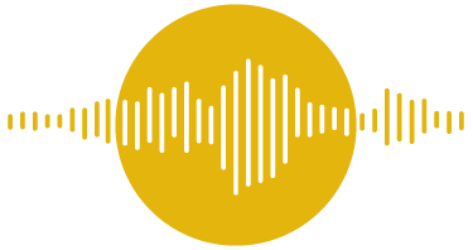19. Nov 2024
Marie-Theres Fester-Seeger
Europa-Universität Viadrina Frankfurt (Oder), Kulturwissenschaftliche Fakultät
Languaging: The intertwinement of body, time, and the Other
Abstract: How do people do language? As one of the central questions of the languaging perspective, its proponents treat language as 'something people do together' (e.g. Thibault 2011). In contrast to traditional views where words are understood to be a priori stable entities as part of a closed, homogeneous language system, languaging goes beyond the notion of the written word. Deeply rooted in non-traditional approaches to cognition that do not reduce human thinking to the inner workings of the brain alone, languaging understands language as a human bodily activity, 'in which verbal aspects play a role' (Cowley 2014). Languaging emerges through people's direct engagement in and with their immediate environment, other people, material artifacts (e.g. technology), and their own histories. As cognition, the view is that language is also distributed across the brain, the body, and a socio-cultural world.
Once human activity is placed at the centre of language, due attention can be paid to how people experience language: how they draw on what is not physically 'there' (Fester-Seeger, 2024) and how they manage lived situations (see Cowley and Fester-Seeger 2023). Language thus goes beyond the written word as it is spatiotemporally distributed, ecological (i.e., linked to our environment), embodied (i.e., dependent on our bodily actions), and highly dialogical (i.e., dependent on our engagement with others). Treating language as a human social bodily activity connects words to people. Through people’s bodily coordination with others, language is constantly brought forth.
In this talk, I will introduce the history and key ideas of the languaging perspective, showing how languaging must be situated at the intersection of various disciplines, such as distributed cognition, radical embodied cognition, integrative linguistics, ecological linguistics, interaction studies, multimodal communication, biological views of language, and dialogical approaches to language. Starting from the premise that language is a bodily activity, in the second part of the presentation I explore how current trends in AI can be rethought through the lens of language. Starting from a small case study based on video data, I show how the activity of giving a command to a smart speaker in one’s home environment is highly dialogical, ecological, and embodied. I conclude that language cannot exist outside of humans, it only exists through humans.
Cowley, S. J. (2014). Linguistic embodiment and verbal constraints: Human cognition and the scales of time. Frontiers in Psychology, 5(OCT). https://doi.org/10.3389/fpsyg.2014.01085
Cowley, S. J. and Fester-Seeger, M. T. (2023). Re-evoking absent people: what languaging implies for radical embodiment, Linguistic Frontiers, 6 (2), pp.64-77. https://doi.org/10.2478/lf-2023-0012
Fester-Seeger, M. T. (2024). Human presencing: an alternative perspective on human embodiment and its implications for technology. AI and Society, 2003. https://doi.org/10.1007/s00146-024-01874-7
Thibault, P. J. (2011). First-order languaging dynamics and second-order language: The distributed language view. Ecological Psychology, 23(3), 210–245. https://doi.org/10.1080/10407413.2011.591274
